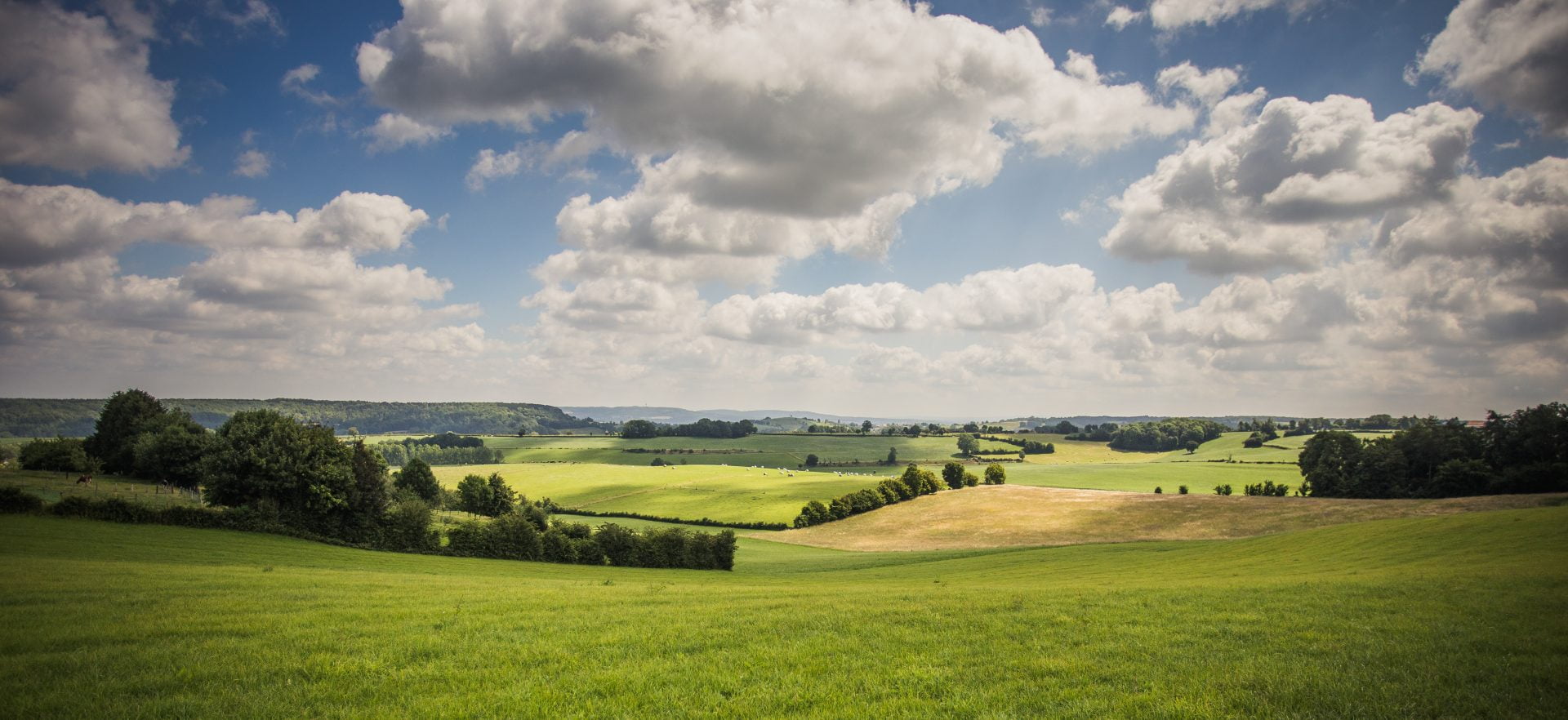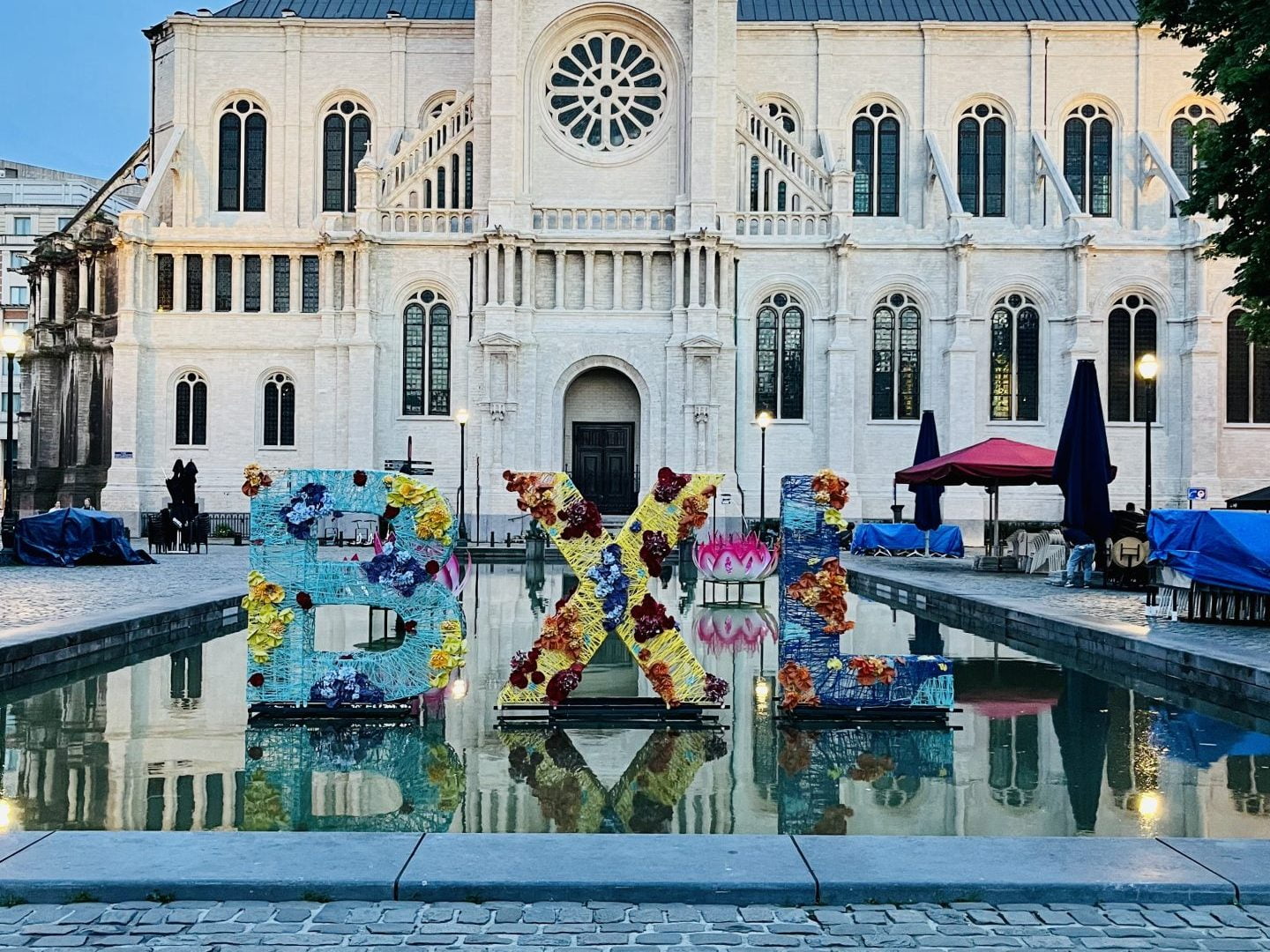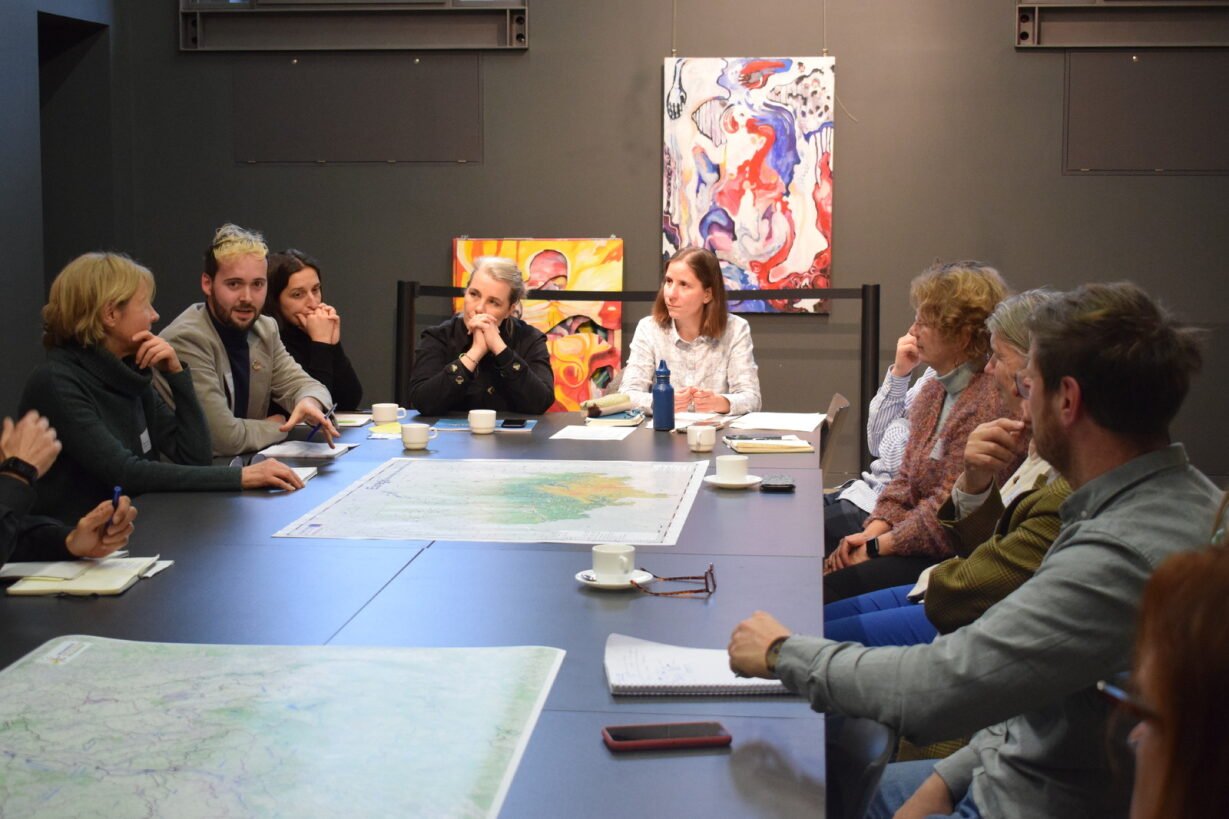
Three Countries Park (DE, BE, NL)
The Three Countries Park is a landscape area and partnership located at the intersection of Germany, Belgium, and the Netherlands. The lead partner, Euregio Meuse-Rhine (EMR), is the cross-border cooperation organization (European Grouping of Territorial Cooperation) that aims to enhance sustainable regional development, quality of life, and cultural exchange among these neighbouring regions.
Within the territory of the EMR (covering about 11.000 km2 with a population of nearly 4 million), the Three Countries Park area constitutes the peri-urban heart hosting about 2.4 million of its inhabitants. Several cities like Liège (BE), Aachen (DE), and Maastricht (NL) are embedded in a beautiful hilly hedge landscape stretching over 3500 km2 across the borders.
Focus area and Challenges
Three Countries Park faces several challenges, including the persistent issues of floods and droughts, environmental impacts of nitrogen, urbanization pressures, agricultural changes, and fragmentation affecting both habitats and governance. In terms of habitat, the region grapples with connecting diverse ecosystems via cross-border corridors. The governance aspect presents unique challenges due to sectoral administration, varying competence levels, and the presence of multiple languages and cultures across the three countries involved.

Objectives
Together with the partners of the Three Countries Park, the Euregio Meuse-Rhine EGTC aims to develop a cross-border action plan for climate-resilient landscapes in the region. The objectives focus on biodiversity conservation, promoting social well-being, and enhancing climate adaptation measures. With a focus on dynamic landscapes and changing land use systems, the region seeks to implement nature-based solutions to address its many challenges. Through the PLUS Change project, key steps will include stakeholder mapping to identify relevant actors, analysing existing plans and strategies, and formulating policy and governance solutions. A major goal is to shift from occasional project-based actions to a more systematic and sustainable approach. This transition allows for more effective and long-lasting actions that address the challenges of climate change and promote resilient landscapes.
Photo Credit
Pays de Herve © Three Countries Park; Heuvelland © Visit Zuidd Limburg



